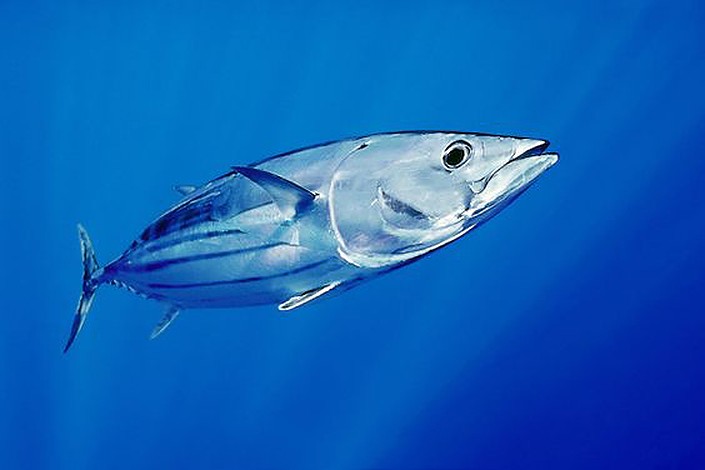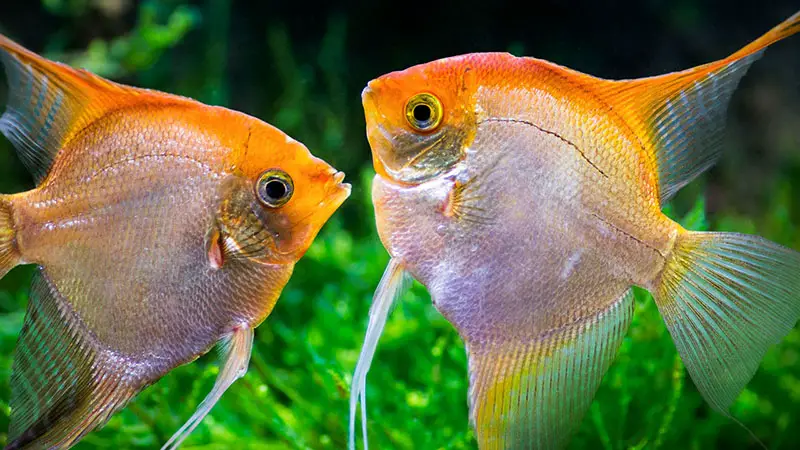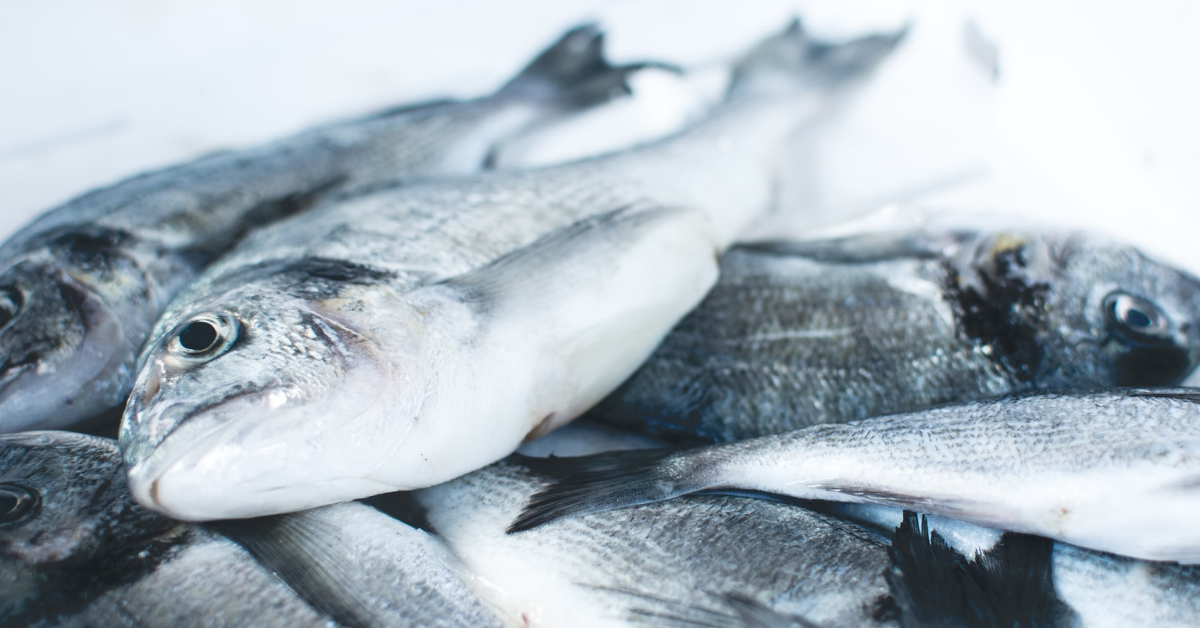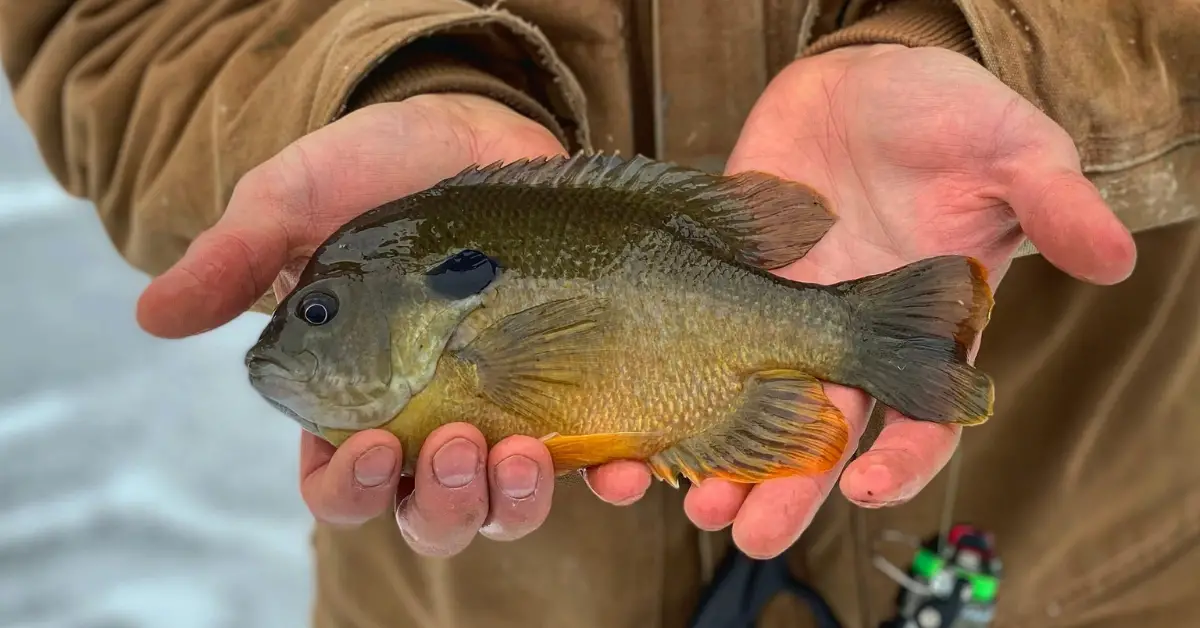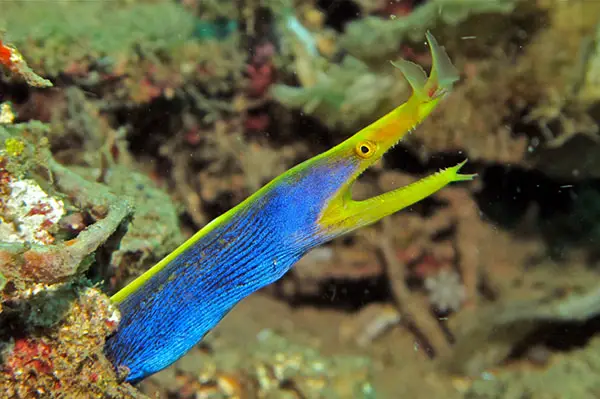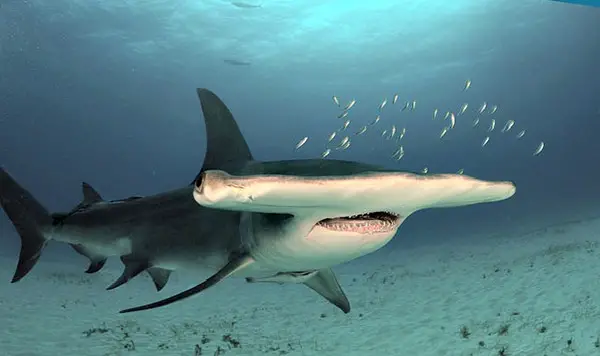Common Perch fish
Perch is the common name for the members of the genus of Perca and the family of Percidae. Perch fish is one of the most widespread freshwater fish genera in different geographical locations in the world. Especially Yellow Perch plentifully available in the Great lakes in the USA. Especially in Erie lake, they have widely distributed.
They have commonly rounded, and elongated body shapes with rough or ctenoid scales on the body. They have two separated or combined dorsal fins and paired pelvic and pectoral fins. Every species of Perch fishes are carnivorous and feed on small fishes, crustaceans, shellfish, larvae, and insects. Usually female fish lay string-like eggs in the spring on the branches or stems of water plants. They generally inhabit freshwater lakes, ponds, rivers, and streams.
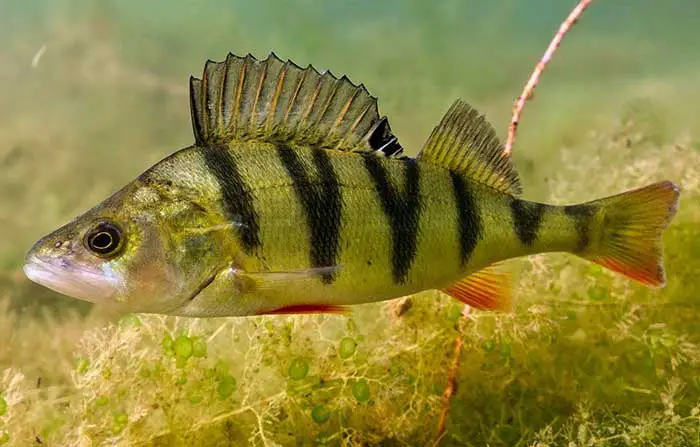
Perch fish are very popular game fish as it is available in most of the freshwater sources and easy to catch. There are three main species of Perch fish within the genus of Perca that have been identified by most authorities.
- European Perch– Perca fluviatilis
- Balkhash perch– Perca schrenkii
- Yellow Perch- Perca flavescens
Here we will discuss one of the most popular Perch species of Yellow Perch fish.
Yellow Perch Freshwater Fish
Yellow Perch is also named American Perch/ American River Perch, Stripped Perch, and Preacher. They are native to North America. This is a freshwater fish that has distinguishing markings. This fish has general marking strips, which tend to be brassy green to golden yellow on their body. Their belly is white to yellow. Across the fish’s back and sides, you will notice six to eight dark vertical bands. The size of the Perch fish can reach a maximum of 18 inches if grown well.
When it considers this freshwater fish’s body, it is elongated and compressed. They have red to orange pelvic and anal fins. It has usually noticed the brightest colors in males during the spawning season. It is like a sign to tell nature that the time has come for spawning.
On their anal fin, there are visible dark orange color spines that are long and slender. And when the creature is under threat, the spiny fins will erect as a defense system. If the predator comes targeting for fighting or hunt, the spiny fins will inflict injury to the predator.

Yellow Perch habitat
Yellow perches are usually living on the Atlantic coast from South Carolina north to Nova Scotia. Some smaller portions of the group also spread from the Hudson Bay region to Saskatchewan. It has also been reported that a large group of perches come to Mississippi, Kansas, Iowa, and Indiana.
When it comes to the habitat, they usually live and feed in the shore areas. There is a good reason for this. The nearshore, which is slowly moving, provides more cover and protection for adult yellow perches from the predator. The vegetation on the shore also provides good cover for younger perches. Because of that, they can get food and protection well from the other possible threatened predators.
Meanwhile, the habitat and behaviors of the larval Yellow Perch are different from the adult yellow Perch. The larval Yellow Perches will stay in the tributaries. But in some areas, the experts reported the migration of the younger Perches to the offshore area to avoid being hunted by predators and improve their livelihood. Perches are smart creatures. From a young age, they will learn how to run away from the threats and to be low profile. Therefore that the predators won’t detect them. After the threat is gone, they will move to the shorelines to find out the food sources.
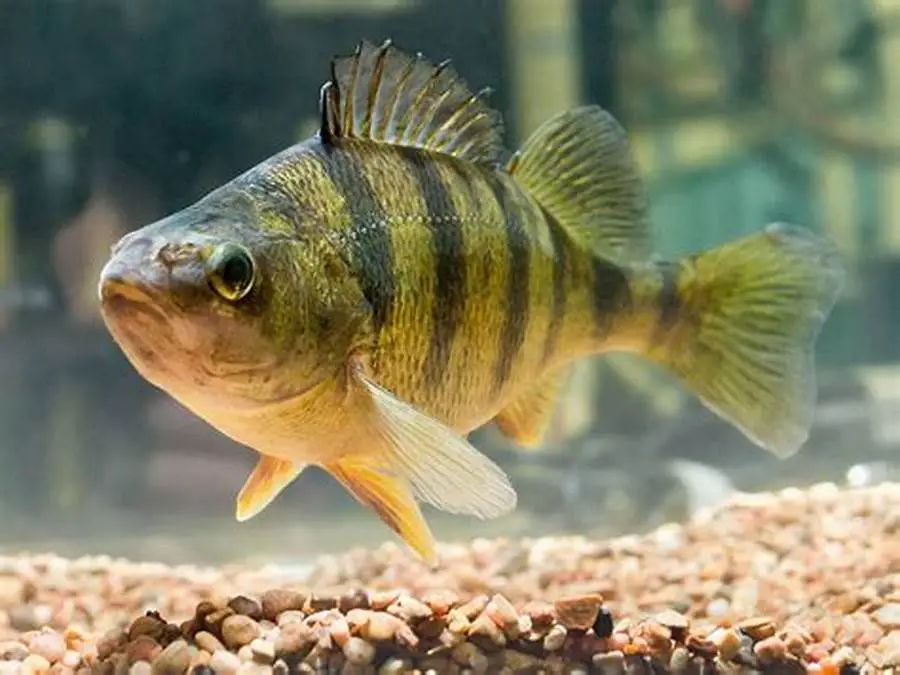
Perch fish diet
Yellow Perch fish has a similar diet as the other carnivores. The adult Yellow Perches feed on small fish, insects, crustaceans, etc. As a common action, they’d love to hunt on smaller prey than them. Depending on the competition, they may also take some alternatives if other carnivorous species have mastered the particular food sources.
Meanwhile, the younger Yellow Perches feed on the zooplankton and tinier organisms. Most of the time, we cannot observe these organisms from our naked eyes.
Yellow Perch fish is an extremely popular food source among North American Birds including Cormorants, Kingfishers, Herons, Eagles, Ducks, Loons, and Pelicans.
The Spawning of Yellow Perch
The spawning of Yellow Perch takes place from winter to early spring. The adult yellow perches who are mature enough for the spawning will move to the rivers and tributaries where safe locations for their babies.
They will spend the time from winter to early spring until Yellow Perch find a suitable spawning habitat. The adults will migrate to the shoreward into the shallow area or the tributaries where the spawning habitat is safer.
Males will reach the freshwater spawning areas and wait for the females. Until they manage to mate, they will leave to the downstream. The females arrive at the spawning areas to lay their eggs in the large gelatinous strands. The male perches will fertilize the eggs, which hatch 11 to 27 days after the fertilization. But the surrounding water temperature must be ideal for the process of fertilization of Perch eggs. If the required environmental condition will last constantly, a healthy brood of Yellow Perch will be born.
There will be years of maturity to make the Perches ready for mating. For Yellow Perch males, they have to reach between 1 and 3 years while the females are ready between 2 and 3 years. The average female can lay between 5,000 to 20,000 eggs. But the healthier females can lay up to 110,000 eggs. Keep in mind that females and males spawning will last until they are old enough to stop. Generally, Yellow perches live as long as 13 years. If they get the chance for long enough ages to live, they can make the spawning and produce more eggs and improve the chance for Yellow Perches increase in significant numbers. These factors are reasons for the Yellow Perch fish commonly available and widespread in freshwater bodies in most areas.
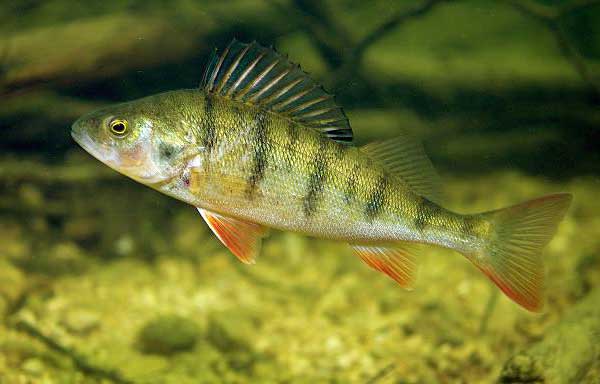
How to fish Yellow Perches
This fish is a highly valued food source in North American territory. Because it has white flaky flesh which is very popular among fish consumers. It is also a definite consist of traditional “Friday Night Fish fry” event in North America. The flesh of the Yellow Perch contains low-fat and phospholipid, has fewer calories per 100g serving, high protein content, and a modest level of Omega-3 fatty acids.
The Yellow Perches horde will come to the rivers as the first horde in the year. But the ideal time to make the fishing is during the winter months. These times are where the spawning runs wild. When they are spawning, they are often staying in the tributary region. As we know, tributaries are an easier hitting box for the fishers. These areas are the ideal fishing zone. To make effective fishing, it does not hurt to take a chance in the early winter months. The upper tributaries are the best fishing zone since it is much easier to catch them there.
When the winter is over, you can still fish the yellow perch during the rest of the year. In this timeframe, they are living in a vast territory. You can easily find them in a wide array of fishing zones. But a large pool of yellow perches can be found near the shore in the spring.
The ideal time to catch yellow perches is during the daytime. Fish during daylight hours can increase the chance to catch more. It is also easier to spot a large group of fish.
Fishing bait
It is easy to choose the best baits for the yellow perches. And these fish have such a strong desire for most of the baits, their most ideal diet. Mealworms, Live Minnows, Crayfish are the best examples of bait for this freshwater fish. However, Prons, Maggots, and Lobworms also bring the best results for the Fishermans.
The average baited hook should be working fine when you are targeting the yellow perches. Combined with the right set of skills and fishing timing, you can manage to take them.
Fishers also take yellow perch on a routine basis because of the delicious flavor of the fish. And when they take the healthy ones, the catchers can use the opportunity to get the tastier fish meat.
Yellow Perch Farming
The Great lake is the traditional main Perch supplier through commercial harvesting. However, demand for Yellow Perch has increased rapidly in the Upper Midwest. Since the traditional natural supply is a steady process, it is not enough to fulfill this demand. Therefore, low supply and high demand have generated aquaculture interest in this fish.
If you are interested in culturing this fish, you can refer to a valuable guide published by the North Central Regional Aquaculture Center (NCRAC). Yellow Perch (Perca flavescens) Culture guide

